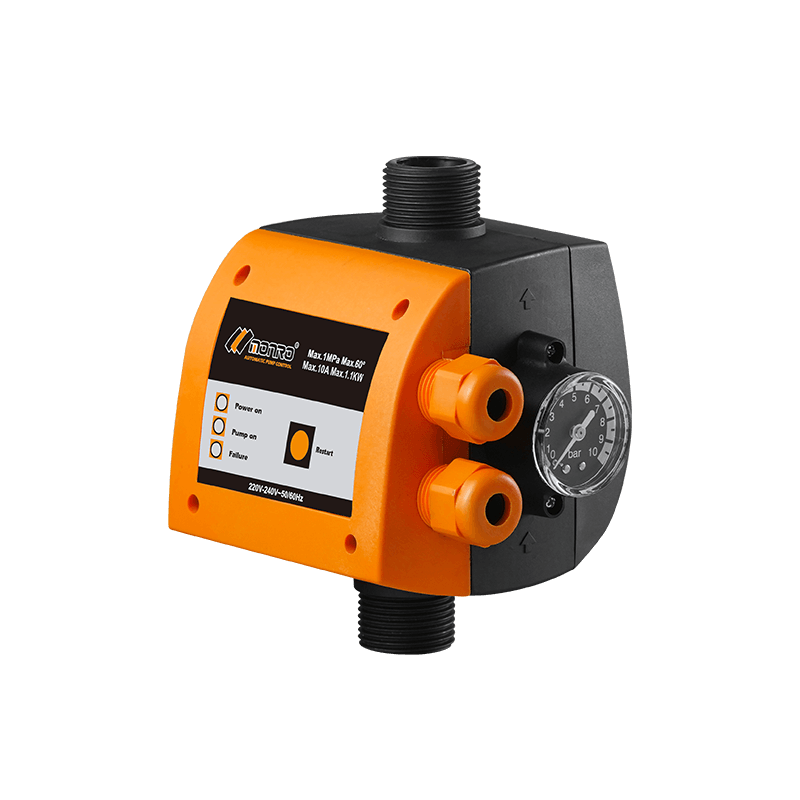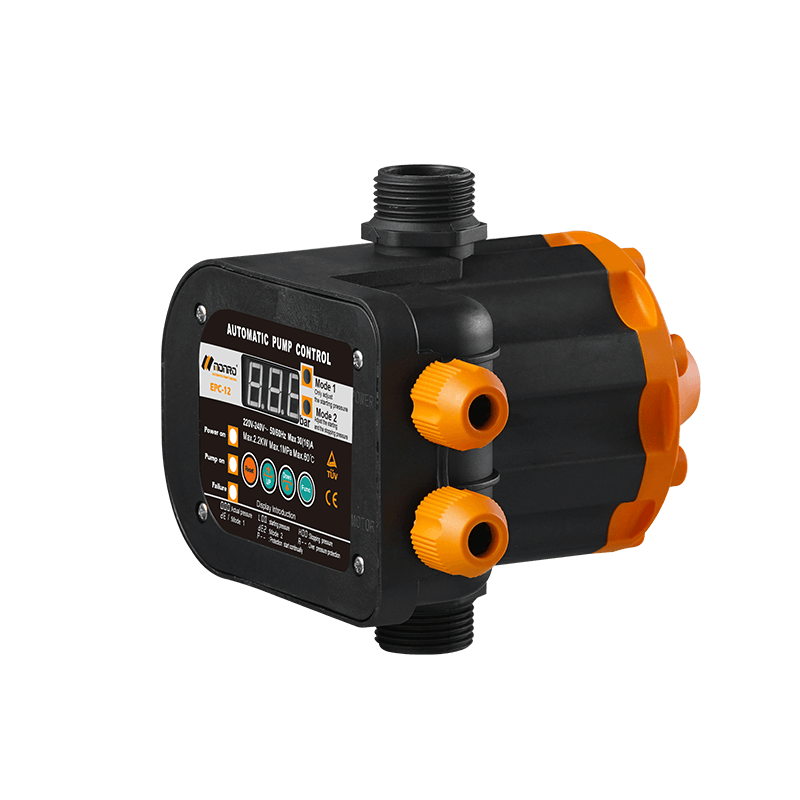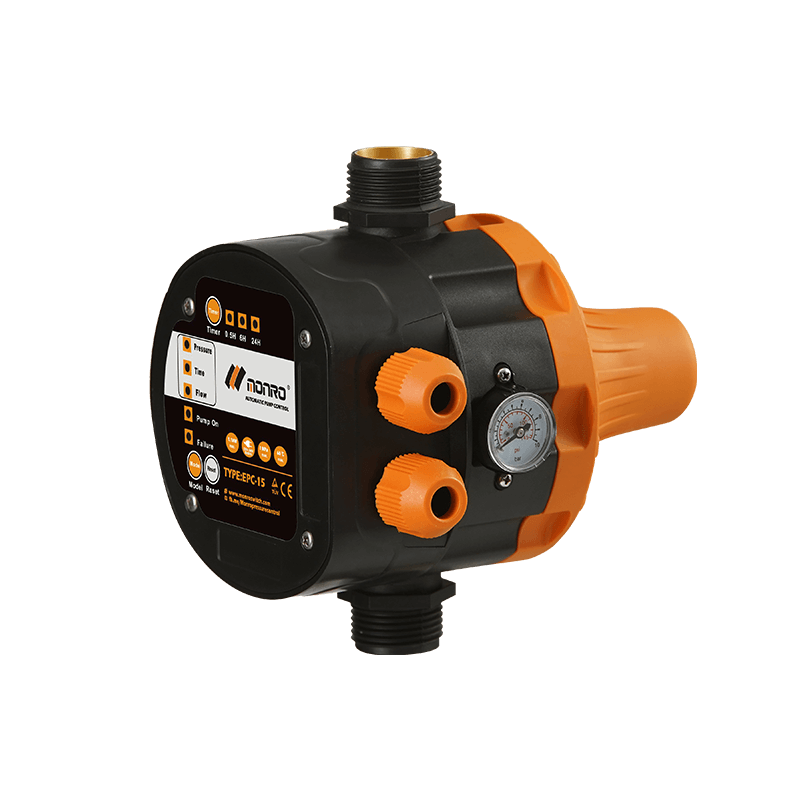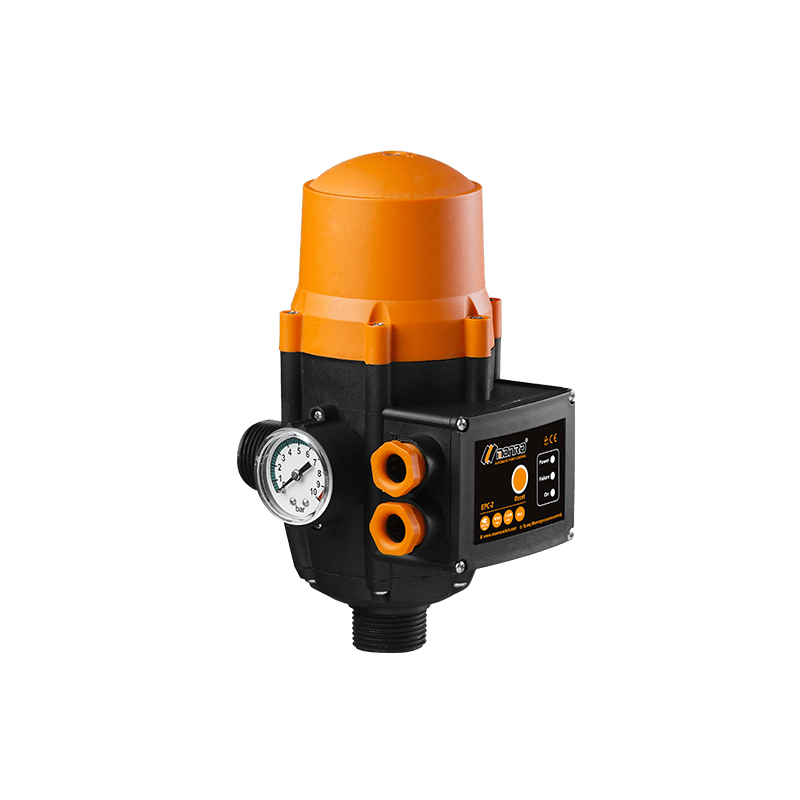Don't hesitate to send a message
Web Menu
Product Search
Exit Menu
Time to Replace Your Electric Level Switch, Pump Switch, or Water Pressure Switch
Electric level switches, pump switches, and water pressure switches are vital components in various electrical and plumbing systems. Over time, these switches may experience wear and tear, professional to diminished performance or failure. Recognizing the signs indicating the need for replacement is crucial to maintaining the efficiency and reliability of your systems.
Electric Level Switch:
Inaccurate Readings:
One of the most common signs that an electric level switch needs replacement is inaccurate or inconsistent readings. If the switch fails to detect the correct liquid level or provides erratic readings, it may be time for a replacement.
Corrosion or Damage:
Visible signs of corrosion, rust, or physical damage on the electric level switch indicate wear and deterioration. Corrosion can compromise the switch's electrical connections and impair its functionality, necessitating replacement to maintain accurate liquid level monitoring.
Frequent Malfunctions:
If the electric level switch frequently malfunctions, such as failing to activate or deactivate pumps or alarms as intended, it may be a sign of internal wear or electrical issues. Repeated malfunctions indicate that the switch is reaching the end of its service life and requires replacement.
Age:
As with any electrical component, the age of the electric level switch is a crucial factor in determining its reliability. If the switch is approaching or exceeds its expected lifespan, it's prudent to proactively replace it to prevent unexpected failures and system downtime.
Failure to Start or Stop Pump:
A failing electric pump switch may struggle to initiate or terminate pump operation as intended. If you notice delays or inconsistencies in pump activation or deactivation, it may indicate a faulty pump switch requiring replacement.
Unusual Noises or Vibrations:
Unusual noises, vibrations, or irregularities in pump operation can signal underlying issues with the electric pump switch. These symptoms may indicate electrical faults, mechanical wear, or misalignment, necessitating prompt replacement to prevent further damage to the pump and associated components.
Burnt or Melted Components:
Visible signs of burnt or melted components on the electric pump switch indicate electrical overload or overheating. These issues can compromise the switch's performance and pose safety hazards, requiring immediate replacement to prevent fire or electrical hazards.
Reduced Pump Efficiency:
A decline in pump efficiency, such as decreased flow rates or inadequate water pressure, may be attributed to a failing electric pump switch. As the switch deteriorates, it may struggle to regulate pump operation effectively, resulting in diminished performance and increased energy consumption.
Electric Water Pressure Switch:
Fluctuating Water Pressure:
Fluctuations in water pressure, including sudden drops or surges, can indicate issues with the electric water pressure switch. If the switch fails to maintain consistent pressure levels, it may need replacement to ensure reliable water supply and prevent damage to plumbing fixtures and appliances.
Water Leaks or Drips:
Water leaks or drips around the electric water pressure switch are indicative of internal seal failure or damage. These leaks can lead to water damage, corrosion, and electrical hazards, necessitating immediate replacement of the switch to prevent further issues.
Erratic Pump Cycling:
Erratic pump cycling, characterized by frequent starts and stops or short cycling intervals, may signal a malfunctioning electric water pressure switch. This behavior not only increases energy consumption but also accelerates pump wear and reduces system efficiency, highlighting the need for switch replacement.
Non-Responsive Operation:
If the electric water pressure switch becomes unresponsive or fails to activate or deactivate the pump as intended, it may indicate electrical faults, sensor failure, or internal damage. Prompt replacement of the switch is necessary to restore proper pump operation and maintain consistent water pressure.
In conclusion, recognizing the signs indicating the need for replacement of electric level switches, pump switches, and water pressure switches is essential for ensuring the continued efficiency and reliability of your electrical and plumbing systems. By monitoring for symptoms such as inaccurate readings, frequent malfunctions, unusual noises, or reduced system performance, you can identify failing switches and take proactive measures to replace them before they cause costly disruptions or damage.
-
 EPC-1
EPC-1Monro EPC-1 model pump controller is the classic and basic type, was loved by user in the global mar...
-
 EPC-3
EPC-3Monro EPC-3 spain design auto on and off press control, an intelligent and economical system designe...
-
 EPC-5
EPC-5Monro EPC-5 model automatic pump control, a device which assembled on the water pump (recommended si...
-
 EPC-9
EPC-9Monro EPC-9 model pressure controller, is a big power device for automatic control and protection of...
-
 EPC-12
EPC-12Monro EPC-12 smart top-level automatic pump control is a multi-function model combined with traditio...
-
 EPC-14
EPC-14Monro EPC-14 model pressure control is a big power device for automatic control and protection of el...
-
 EPC-15
EPC-15Monro EPC-15 model automatic pump control, a device which assembled on the water pump (recommended s...
-
 EPC-16
EPC-16EPC-16 is the new patent pump controller by Monro. Its key highlight is tooless (manual knob) start...
find our office
Committed to providing professional pressure control solutions for various types of water pumps and air compressors.

 简体中文
简体中文 English
English Español
Español

